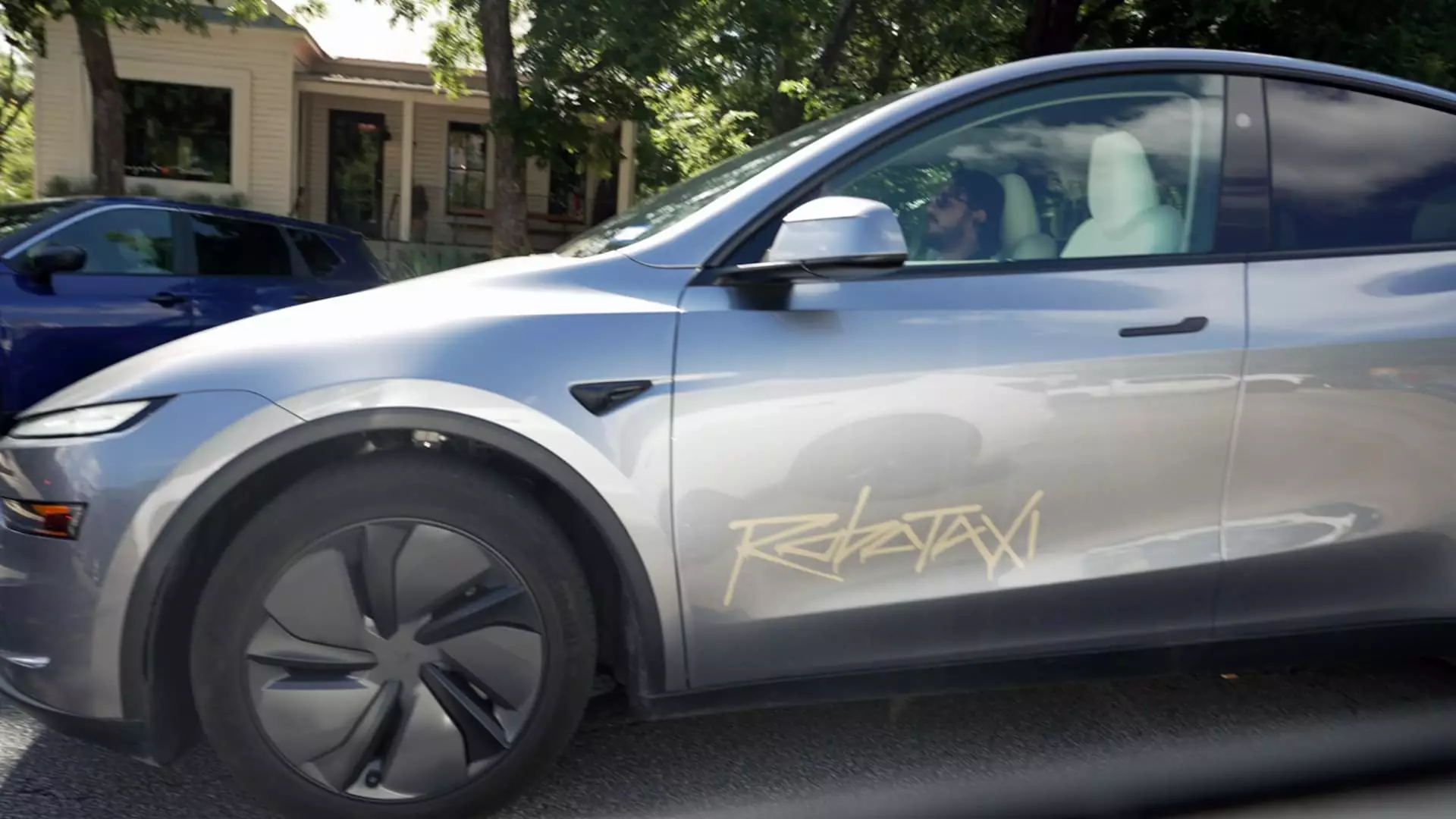Tesla’s latest move to test and deploy Robotaxi fleets in Phoenix signals an aggressive bid to dominate the autonomous vehicle industry. While this ambition might seem impressive at first glance, a deeper analysis exposes underlying flaws: overconfidence in technology, potential safety compromises, and a marketing strategy that glosses over unresolved safety concerns. Tesla’s application for autonomous testing without necessarily emphasizing strict regulatory compliance raises foundational questions about the company’s commitment to public safety versus rapid market expansion. The decision from Arizona’s Department of Transportation will be a litmus test—not just for Tesla, but for the broader industry’s accountability and prioritization of consumer welfare.
Tesla’s entry into Phoenix follows their recent foray into Austin, Texas, where pilot programs using Model Y SUVs have already encountered troubling incidents. Reports of minor collisions and rule violations, shared widely on social media, paint a picture of a nascent technology still struggling to meet safety standards. While Tesla claims their use of camera-based sensors offers economic advantages over lidar-centric approaches, this decision may compromise the robustness of their autonomous system, especially when facing unpredictable real-world scenarios. Relying predominantly on visual data ignores the multi-sensor redundancy that typifies safer autonomous systems, risking a future where cost-cutting undermines safety.
A Critical Gap Between Hype and Reality
Tesla’s self-assured narrative frames their vehicles as nearly ready for full autonomy, yet reality indicates a starkly different narrative. The incidents in Austin—such as minor car dents and regulatory scrutiny—highlight a technology still in its infancy. The notion that Tesla’s vehicles are mature enough to operate without human oversight in heavily trafficked areas is deeply questionable. Despite the company’s claims, autonomous tech is complex, and social media footage has repeatedly exposed flaws in Tesla’s systems: mismanaging intersections, misinterpreting objects, or even stopping abruptly in traffic. These are not minor glitches; they are critical safety failures that, if scaled across a city, could prove catastrophic.
Tesla’s marketing strategy leans towards creating hype—promising “full self-driving” capabilities that may be far from realization. This discrepancy between promotional material and real-world performance fosters false hope among consumers and regulators alike. As Tesla prepares to expand into California—a state with stringent safety standards and legal accountability—the company faces the reality of regulatory pushback and potential lawsuits, fueled by claims of misleading advertising. Their history of overstating self-driving capabilities delays their credibility, and industry insiders have ample reason to remain skeptical of Tesla’s true readiness.
The Ethical Dilemma and the Future of Autonomous Vehicles
Tesla’s unbridled pursuit raises profound ethical questions: Is the company prioritizing innovation and market dominance over safety? Rapid deployment in competitive markets like Phoenix and San Francisco might lead to neglecting thorough testing and regulatory processes. Such an approach risks eroding public trust in autonomous technology altogether.
Autonomous vehicles hold the potential to revolutionize transportation, democratize mobility, and reduce traffic fatalities—if developed responsibly. But Tesla’s current trajectory suggests a model driven more by shareholder value and industry rivalry than by a genuine concern for passenger safety and ethical responsibility. The lack of transparency about safety incidents and ongoing regulatory issues suggests a disregard for the societal implications of deploying unfinished technology on public roads.
Furthermore, Tesla’s strategy underscores a larger dilemma about innovation: Should technological advancement always take precedence over rigorous safety validation? Or should industry leaders, especially ones with as much influence as Musk’s, adopt a more cautious stance that ensures safety does not become collateral damage in the race to market dominance? The way Tesla handles its regulatory challenges and public accountability will ultimately define whether this journey leads to safer roads or a series of avoidable tragedies.

Leave a Reply